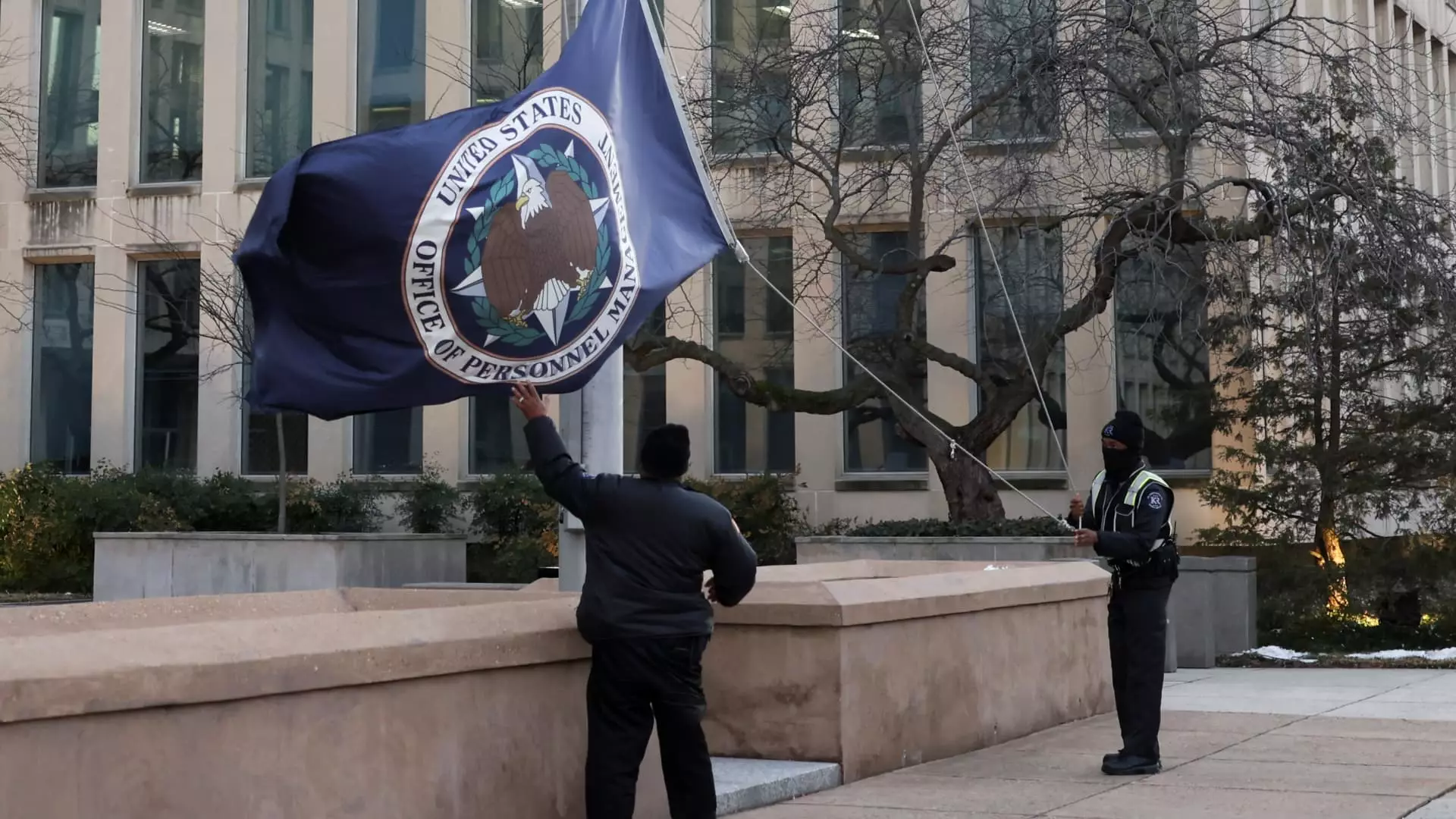In recent weeks, a pivotal legal ruling has cast a spotlight on federal employment policies and the authority held by the Office of Personnel Management (OPM). In a controversial move, the OPM issued directives instructing federal agencies to assess the employment status of probationary employees and make decisions regarding their retention. However, Judge William Alsup of the Northern District of California ruled that these directives were not only misguided but also illegal, fundamentally challenging the extent of the OPM’s authority to dictate employment practices across various federal agencies.
The initial directives, communicated through memos and internal communications, raised alarms regarding the potential mass termination of probationary employees. This memo was issued in the context of a broader political climate, shaped by the previous administration’s views on workforce management within the federal government. Judge Alsup’s ruling is crucial, especially considering the vulnerable position of probationary employees, who often face uncertainty in their job security.
Judge Alsup’s strong repudiation of the OPM’s stance was rooted in his interpretation of federal employment law. He articulated clearly that the OPM lacks the authority to mandate hiring and firing practices in other federal agencies, emphasizing a fundamental principle of human resources management: each agency should retain the autonomy to make staffing decisions. “The Office of Personnel Management does not have any authority whatsoever under any statute in the history of the universe to hire and fire employees within another agency,” he declared, emphasizing the need for separation of powers within federal employment operations.
This decision underscores an essential critique of how federal employment policies should be structured, particularly with regard to the treatment of probationary employees. These employees, often new to government service, serve as vessels for the renewal and growth of federal agencies, which Alsup poignantly referred to as “the lifeblood of our government.”
The implications of this ruling are significant and far-reaching. Not only does it render the OPM’s directives invalid, but it also mandates a reevaluation of how probationary employees are treated across various federal sectors. While the ruling does not reinstate any dismissed employees, it sets a precedent for how future terminations should be approached and governed, urging federal agencies to adhere to legal protocols that protect employees from arbitrary dismissal.
In the proceedings, contentious dialogue emerged over the nature of the communication from the OPM to federal agencies. Questions regarding whether these communications were “requests” or actual “orders” were debated, revealing an inherent ambiguity in the language used by federal authorities. The court suggested that such widespread directives, impacting numerous agencies simultaneously, indicated a more coordinated effort than mere guidance.
Moreover, Judge Alsup’s comments reflect a growing concern about transparency within government operations. The call for scrutiny of how employment decisions are made and the processes behind them is increasingly relevant, especially as public trust in federal institutions hangs in the balance.
This ruling comes at a time when federal employment practices are under heightened scrutiny, especially regarding employee rights and protections. The sheer number of affected employees — as suggested by OPM data — presents a striking picture of the potential fallout from previously unchecked directives. With hundreds of thousands potentially impacted, the ramifications extend beyond individual job security to encompass broader ethical considerations regarding governance and employee welfare.
The court’s insistence on accountability highlights the critical need to create a more equitable landscape for federal employees, where decisions regarding their employment are guided by established law and ethical considerations, rather than political whim.
As the legal proceedings continue, and with a hearing involving the OPM’s acting director on the horizon, the future of federal employment practices remains uncertain yet ripe for reform. This case serves as a reminder of the importance of maintaining an independent and fair process for all federal employees — an essential component of a functioning democracy. In challenging the directives from the OPM, the court has opened the door to a reassessment of employee rights within the federal system, fostering a dialogue critical for the future of public service.


Leave a Reply